Visiting Italy for the First Time: Here’s What You Need to Know
Are you heading to Italy for the first time, but feeling overwhelmed by the amount of information available online, and not sure what to expect?
Well, we've got you covered!
Italy is an amazing destination, full of ancient history, unique culture, friendly people and some of the best food you’ll find anywhere during your travels. It’s no wonder that the country ranks as one of the most popular tourist hotspots in the world!
To help you plan your visit to this incredible destination, we’ve listed 7 essential tips and tricks that every first-time traveller to Italy absolutely must know.
From planning to packing, we’ll guide you on how to make your trip as memorable as possible.
So, let’s get started!
Research your destination
Italy is a large country with a staggering amount of incredible locations to explore, and there is simply no way you’ll be able to see everything during your first visit.
In addition, there is a huge level of cultural variety that makes each region unique:
Generally speaking, Northern and Central Italy is wealthier and more modern, with cities such as Florence, Milan and Venice having a more renaissance-influenced architecture and more impressive museums and priceless art than you would find in the rest of the peninsula.
Southern Italy, on the other hand, is more rural. You won’t find as much in terms of art and grand architecture as you would up north, but it is the perfect place to experience a more authentic and rural lifestyle, incredible food and stunning coastlines.
Cities like like Naples, Palermo and Lecce are a prime example, and are unmissable destinations for any Italy bucket list.
Italy’s amazing cultural diversity, however, extends deeper than a simple north-south division. You’ll find that even two villages located right next to each other can often have very different dialects and cultural traditions, and that makes exploring the country even more fascinating and rewarding!
When it comes to geography and climate, they can also vary greatly.
Depending on the season, you could very well enjoy mild sunny days by the beach in the south, while catching heavy snows in the more mountainous north. Or you could find yourself roasting in the almost tropical heat that blankets the whole country every summer.
Because of all these reasons, it’s essential you do a good amount of research to narrow down which destinations you would like to include on your bucket list, and which ones you’re better off leaving for the next time!
Avoid travelling during the peak of summer
If you’re planning on travelling to Italy during the summer, you should really consider changing up your plans.
Like we mentioned before, the heat and humidity during the summer are absolutely unbearable throughout the peninsula, and you’ll probably find yourself spending more time sheltering in your hotel or in a bar with air-conditioning rather than seeing all the wonderful sights.
Even going to the beach will be a challenge, as the coast will likely be crowded with both foreigners and Italians escaping the suffocating heat of the cities.
In the end, what you’ll end up seeing you will have to share with a huge number of visitors, because summer is obviously peak travel season for Italy. The influx of tourists also causes hotels and airlines to over-inflate their prices, so you’ll end spending much more than if you visited a few months before or after.
For the best time to visit Italy, consider booking your trip between April and May, or September and October. During those times the weather is pretty mild, and there are no major holidays or celebrations that would cause high prices or mass travel.
Wander beyond the main tourist hotspots
We’re not saying that you should skip on visiting the country’s main destinations, such as Rome, Venice and Florence, but know that Italy has so much more to offer beyond that!
There are smaller cities and towns are just as rich in history and culture as their larger counterparts, and they are generally much quieter and more affordable because of the smaller number of visitors. Many of these destinations, such as Bologna and Viterbo for example, are also very well connected by public transport, which makes them perfect as bases to explore the surrounding regions and cities.
And even while visiting the country’s hotspots, don’t forget to allow yourself to wander off and explore off the beaten path. Walking down the small alleyways and finding out what’s beyond every corner is one of our favourite things to do, and how we’ve had some of our best experiences in Italy.
Another fun alternative is to explore the tiny towns and villages that dot the beautiful Italian countryside, along with exploring the country’s incredible national parks and reserves.
We especially recommend visiting the Abruzzo region, in the middle of the Apennine mountains; its one of the best locations for travellers looking to experience both nature and the authentic Italian lifestyle!
Pro-Tip:
Many of these villages are pretty remote, and often not well connected by public transport.
You might want to consider renting a car, as it will make it much easier to move from one place to the next. Keep in mind, however, than Italy’s countryside roads are often narrow, steep and twisting; they are not for the faint of heart, especially in the mountains.
Learn a few words of Italian
Italians are not known for being the most versed in foreign languages.
With that said, you’ll generally get along just fine by using English and a couple of hand gestures for added context.
Knowing a few basic Italian words and phrases, however, such as “no, grazie” (no, thank you) or “quanto costa” (how much does it cost), will go a long way in making communication easier, especially if you visit less touristy areas where people are less in contact with foreigners.
It’s also a great sign of respect to show you’ve taken the time to learn a couple of words, and the locals will surely love it!
To help you, we have created a free downloadable PDF with Italian and English translations of the most common words and phrases you’re likely to come across during your trip. Don’t forget to grab a copy, we’re sure you’ll find it very useful!
No e-mail or personal information is required, you just need to press the button below!
↓
Travel light
Especially if you’re planning on visiting multiple destinations in Italy or wish to rely more on public transport, it’s essential you travel as light as possible. This is because sidewalks in many cities are often dirty, small and crowded.
All of these things will make dragging a heavy suitcase behind you a real pain, not to mention make you a clear target for scammers and pickpockets!
It’s also important to know that Uber and other car ride services do not exist in Italy, so taxis or car renting are your only option if you don’t want to use public transport.
Considering that taxis in Italy have a pretty dodgy (and not entirely undeserved) reputation and parking in major cities is an absolute nightmare, relying on public transport will likely be your best bet.
On the other hand, using a backpack instead of a suitcase will allow you more freedom of movement, as well as making it easier to hop on public transport instead of a taxi and save you a bit of money. It will also make it harder for thieves to make off with your belongings, as they’ll be on your body instead of behind you on the floor.
Dress comfortably
No matter where you go, Italy’s roads and sidewalk are always a little on the rough side.
If it’s not cracked asphalt full of holes it’s slippery cobblestone, so, since you’ll be spending a good amount walking, a comfortable pair of walking shoes is a must-have item.
We’ve been absolutely loving our Black Diamond Circuit Approach shoes for over two years now; they offer great cushioning and support during long walks over uneven pavement, and the breathable fabric makes them the perfect option to tackle the intense summer heat!
As for the rest of your clothing, you should pay close attention to the weather forecast; snow in the north is not uncommon during the winter, and heavy storms can appear randomly, especially towards the central and southern coasts.
For the summer, shorts and breathable shirts are essential. We especially recommend bringing a linen shirt, as it can be worn on its own or paired with a tank-top to protect your shoulders from the sun. It’s also practical to cover up when visiting churches that have a dress code, such as the Parthenon and the Vatican in Rome.
Take your time
Nothing embodies Italian culture quite as much as taking your time and enjoying life to the fullest. Make sure you don’t over-plan, set aside plenty of time for your visit to Italy and really slow-travel to enjoy all the wonderful things the country has to offer.
From enjoying the countless delicious dishes, wandering around the narrow alleyways of the many historical city centres, to having an espresso in a typical Italian bar, allow yourself to experience everything without rushing!
With delicious food, a vibrant culture and a history spanning back thousands of years, this is a country that cannot miss from your bucket list.
So, are you ready to start planning your first trip to Italy?
Did you enjoy this article?
Feel free to save or pin this image so that you can always look back on this blog post!


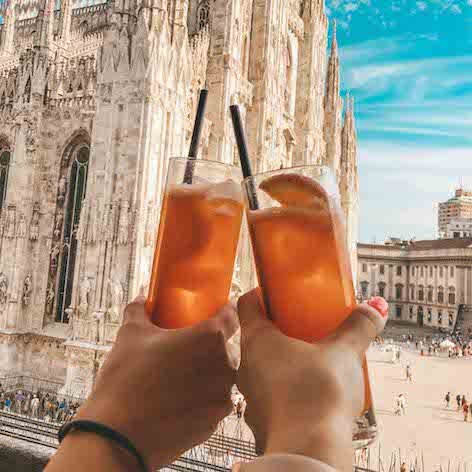
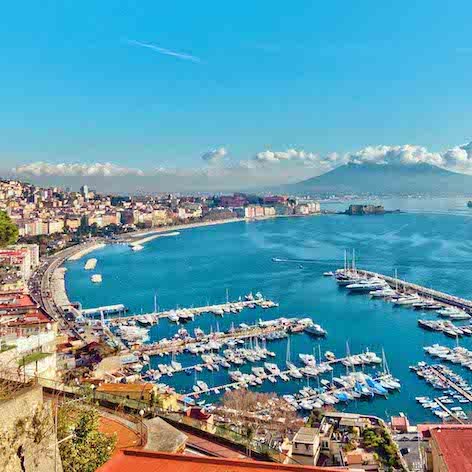
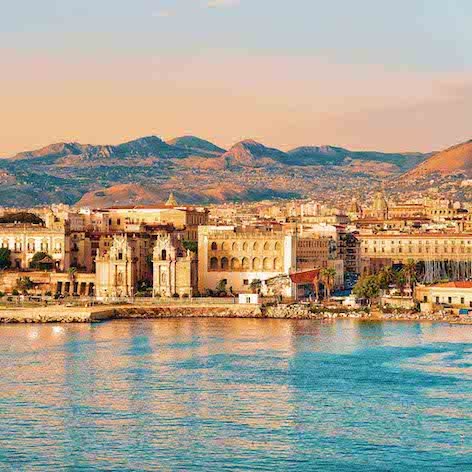
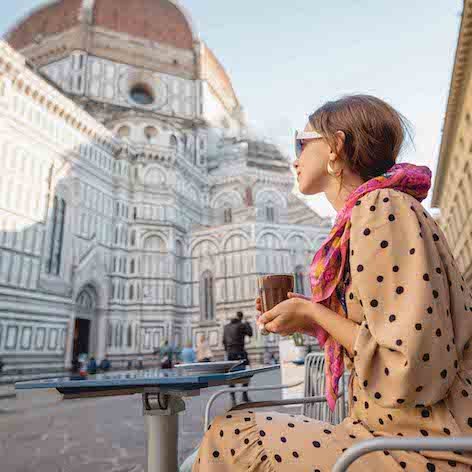
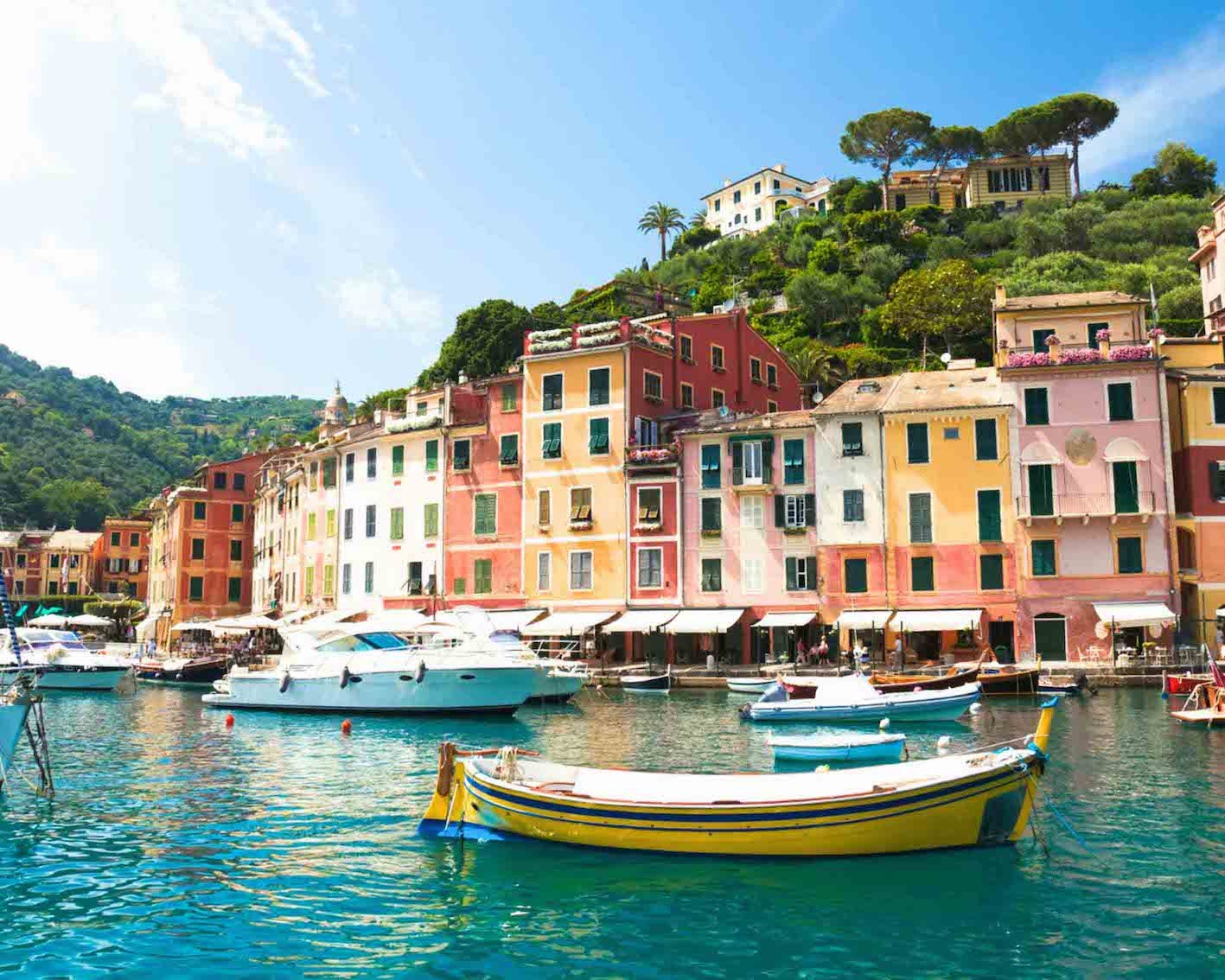

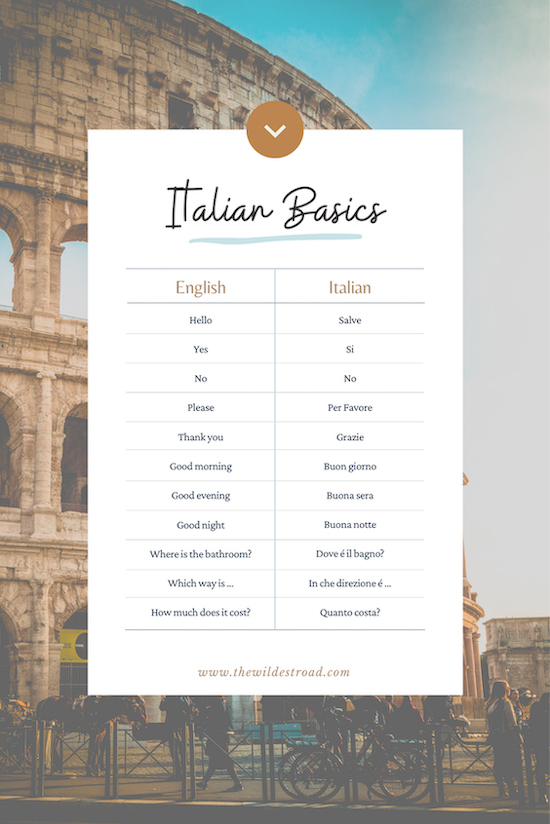
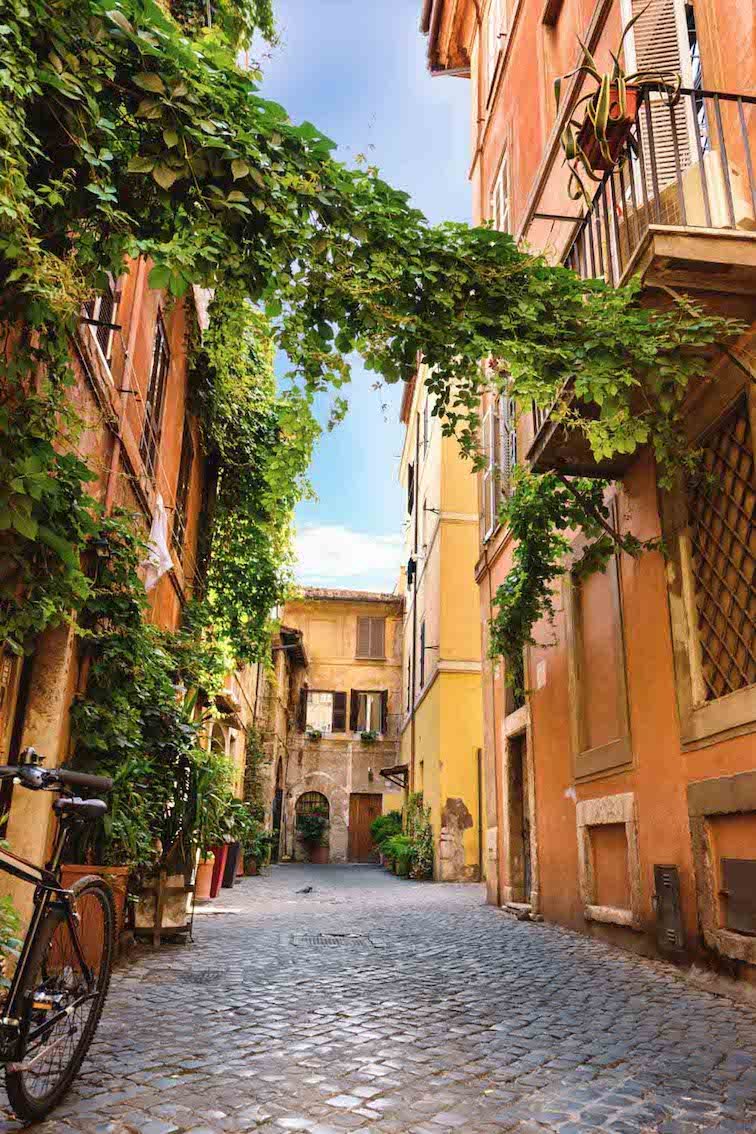
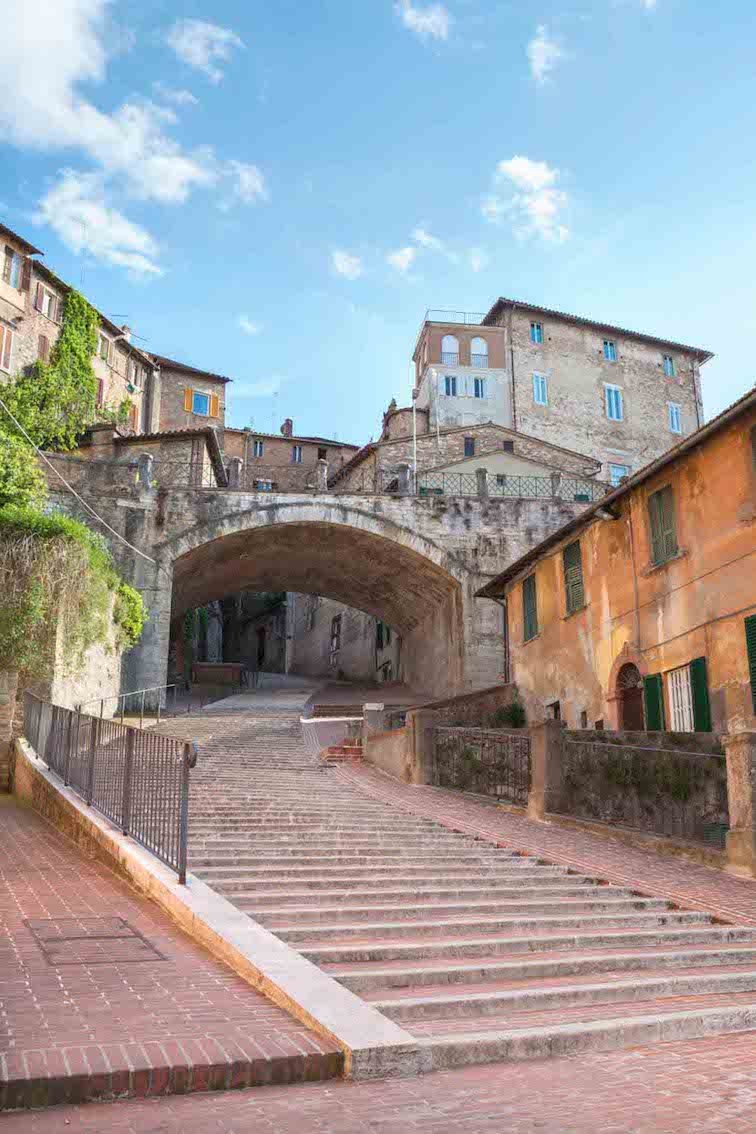
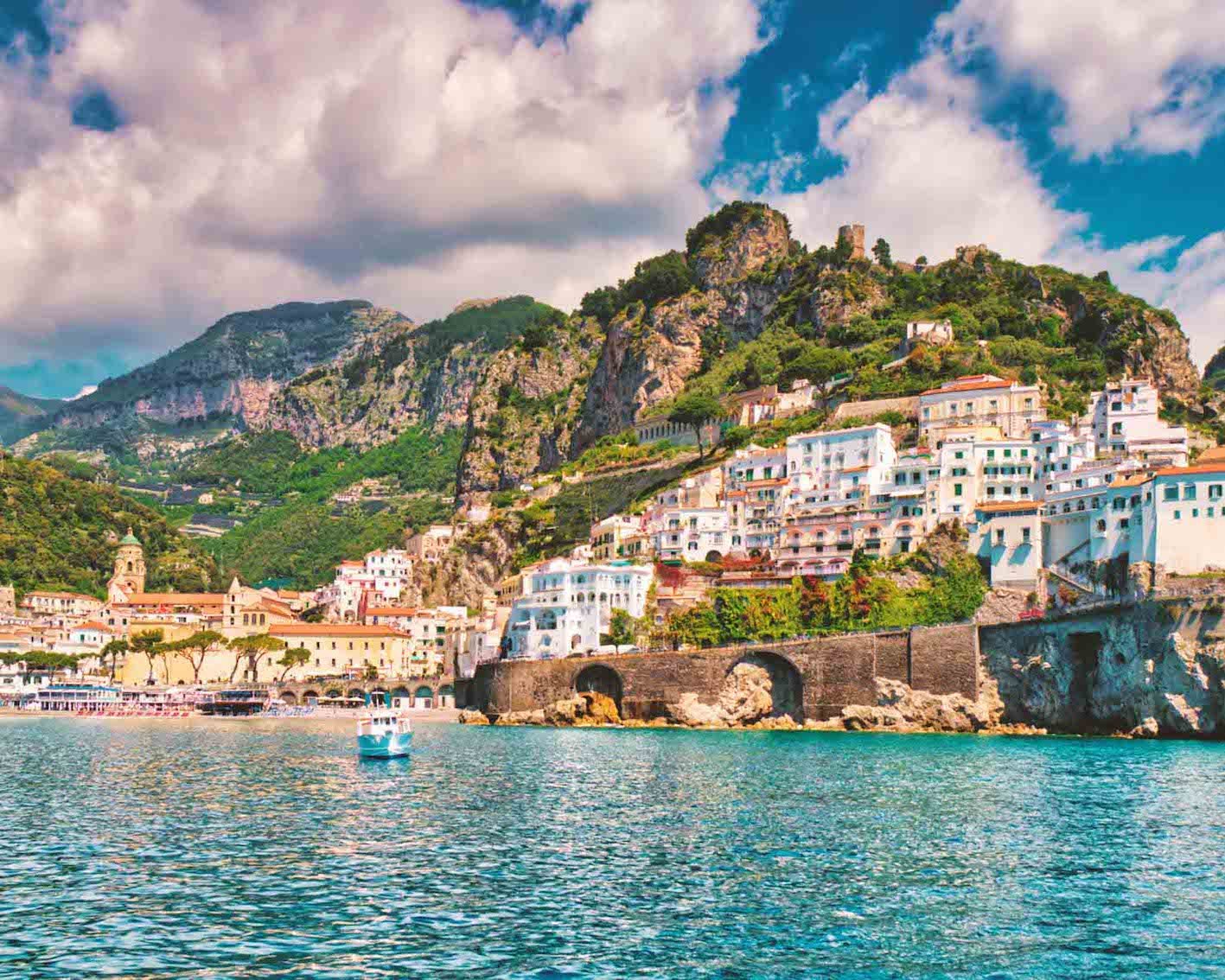
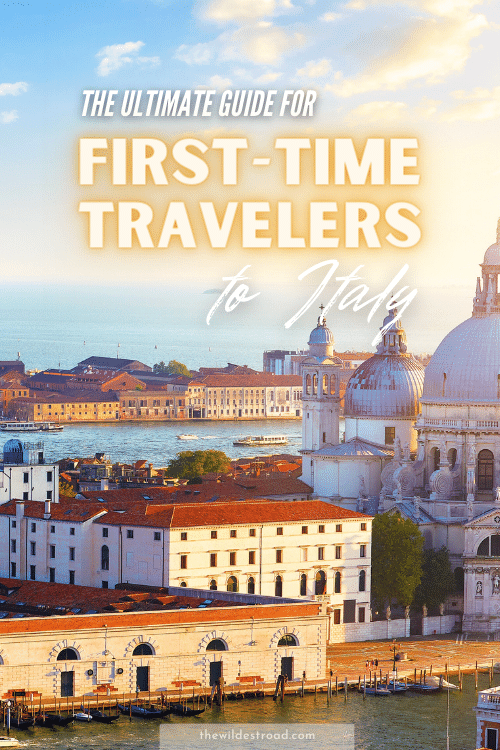

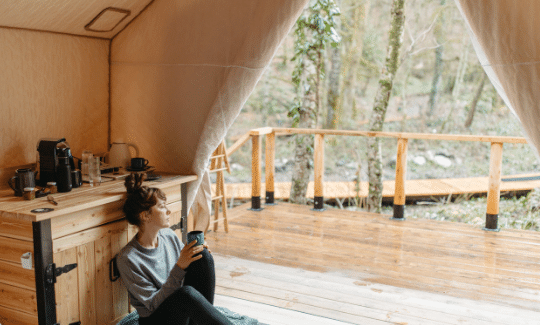
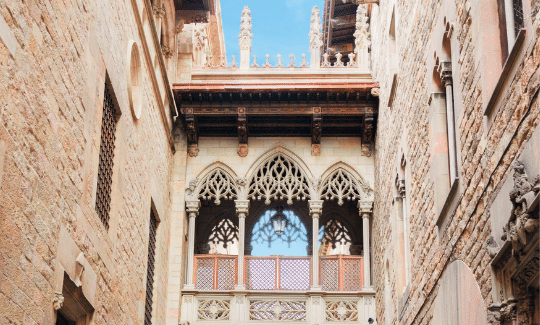
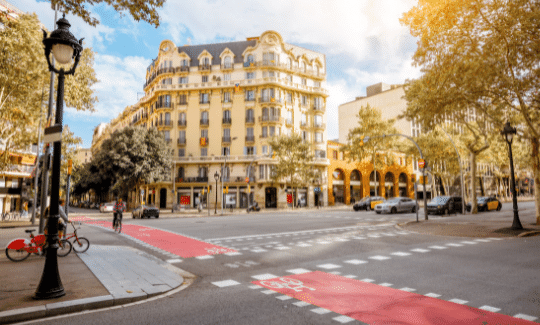
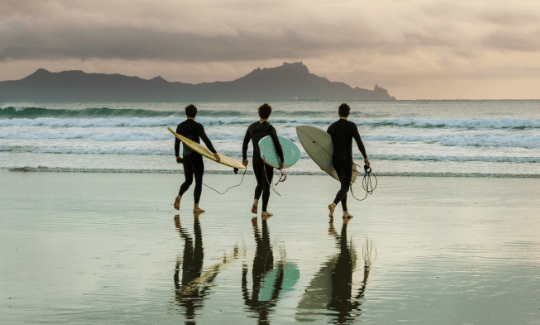
Afternoon tea is a fun and popular activity to experience in London. There are hundreds of venues to choose from throughout the city, so if you’re a first timer our list will surely help you find the best afternoon tea spot to enjoy during your visit!